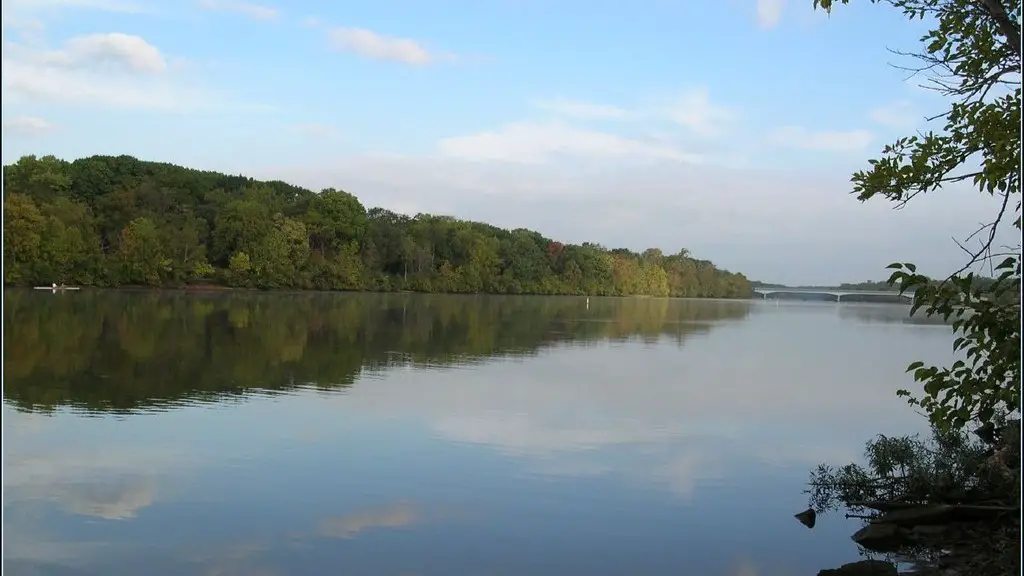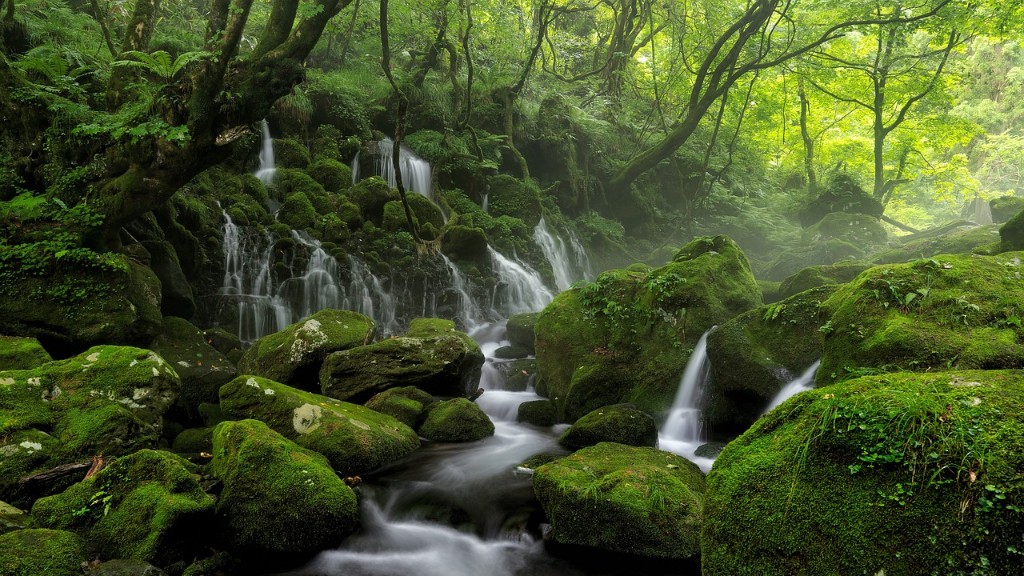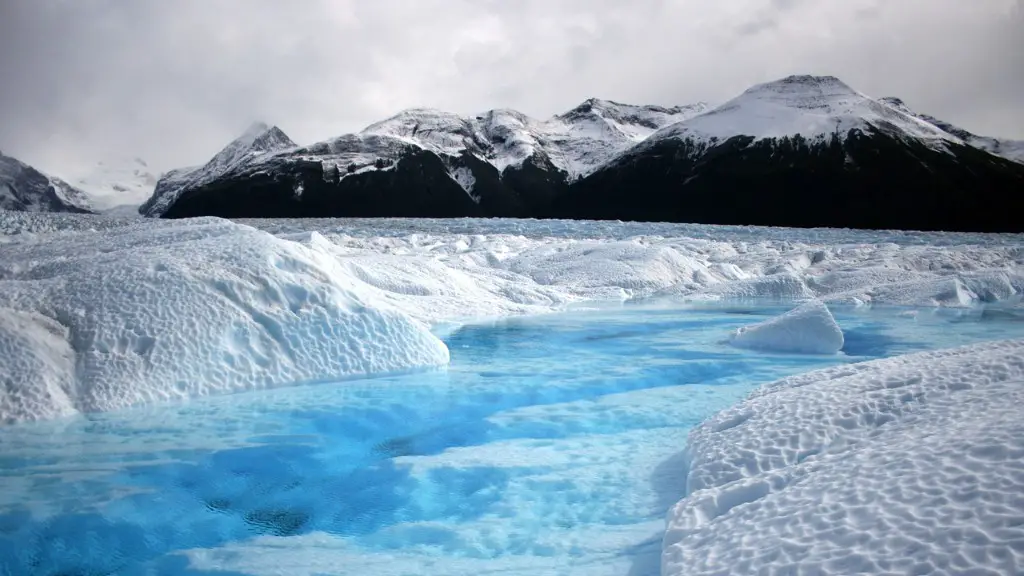Location and Length of the Nile River
The Nile River is located in the North Africa region, extending over 6,853 kilometers in length. It impacts the lives of millions of citizens in nine countries, including Egypt, Sudan, Ethiopia, Congo, Uganda, Tanzania, Burundi, South Sudan, and Rwanda. Along with the agricultural resources that it provides, the Nile River also supplies one of the best travel, tourism, and recreational experiences in all of Africa.
The Nile’s Sources and Geography
The Nile River springs from two sources, the White Nile and the Blue Nile. The White Nile originates from Lake Victoria, which has the greatest surface area in all of Africa; the Blue Nile begins in Lake Tana, Ethiopia. Together, the two tributaries form the main stem of the Nile River that flows northward from Uganda to Sudan, Egypt, and finally into the Mediterranean Sea. The river is bordered by several desert regions, including the Sahara Desert, which is the largest and most renowned desert in the world.
Impacts on Society
The Nile River has been an integral part of the development and sustenance of Egypt’s culture, industry, and economy. Ancient Egypt was highly dependant on the river’s annual flooding, which provided a steady supply of fresh water and rich soil for farmers downstream. That tradition maintains today as farmers in Egypt, Sudan, and other nations rely upon the river’s food-bearing abundance.
The Nile also offers an array of services and activities to citizens in these countries, including boat trips, fishing, hiking, camping, and swimming. Tourists from throughout the world visit the Nile for the luxurious Nile cruises and boat rides that offer a chance to explore and experience the river’s many wonders.
Tributaries and Dams
The Nile River is fed by seven major tributaries, the largest being the White Nile and the Blue Nile. Other tributaries include the Atbara River, which flows from Ethiopia in the East, and the Sobat River, which flows from South Sudan. The River also boasts numerous dams and hydroelectric power plants that provide electricity to nine of its surrounding countries.
The most renowned dam is the Aswan High Dam in Egypt, which was completed in the 1970s and has transformed the natural annual flooding of the Nile River into a controlled and regulated watering system. The dam has enabled Egypt to increase its crop production, secure water supplies, and manage electricity resources.
Hydrology and Water Quality
With 40,000 cubic meters of water running through it daily, the Nile River has one of the highest volumes of any river in the world. Despite the intensity of traffic along the banks, the river has stayed relatively clean due to stringent water quality guidelines. As many sections of the Nile are also used for commercial fishing and recreational boating, Nile communities are actively encouraged to protect the river’s water quality by limiting runoff, monitoring pollutants, and maintaining a clean environment.
Its Role in Trade
A major feature of the Nile River is its ability to connect nine countries in the region. It enables the transport of goods, primarily food, but also industrial supplies, between the countries and provides an avenue of growth and development. In addition, the river is also a major tourist attraction, contributing to the region’s economy by drawing in tourists and revenues from both recreational activities and tourism.
Challenges
The Nile is currently facing a number of challenges, from water pollution to dwindling resources due to overuse. Overpopulation, urban enlargement, and industrial development have all had an adverse effect on the quality of the river’s water.
As climate change continues to take its toll, the Nile’s resources are under constant threat from drought, reducing the water levels and disrupting river transport and farming. Furthermore, a series of dams, built along the river’s banks, are threatening the traditional fishing practices and affecting the abundance of fish in the Nile.
Nile Delta
The Nile Delta is a highly productive area of land located at the river’s mouth that contains some of the most renowned and important natural habitats in the region. This network of wetlands and swamps is home to a wide variety of bird species and is a vital stopover point for many migratory birds.
The delta, however, is continuously losing its floodplains and wetlands due to the construction of dams and rapid urbanization. To protect this natural asset, the government of Egypt has implemented a series of regulations intended to protect the delta and maintain its ecological health.
Conservation Efforts
The Nile Basin Initiative (NBI), formed in 1999, has been an important platform for cooperation and dialogue between the countries of the Nile Basin with the aim of reducing conflict and improving water resources management. The NBI also works to develop scenarios for the development of the Nile’s main stem, tributaries, and groundwater resources to provide water and energy security for all countries involved.
Presently, numerous local and international NGOs are actively engaged in the conservation and rehabilitation of the Nile, including organizing educational programs and outreach campaigns to increase public awareness of water conservation and to preserve water resources.
Nile Basin Development
The Nile Basin Development Initiative (NBED) is a major web-based technology project that links the Nile’s nine countries and focuses on the development of the river’s resources. The program seeks to harmonize the management of waters, nutrition, and energy, while connecting local and international communities to their natural resources.
The NBED aims to improve the quality of life and welfare of citizens in the region by promoting the development of irrigation and agricultural systems, managing the exploitation of resources, and maximizing the economic development of the region.
Wildlife and Tourism
The Nile’s rich biodiversity makes it one of the most interesting and diverse ecological corridors in Africa. As a result, the river is home to Hippopotamus and Crocodiles, as well as hundreds of different species of birds and fish. This abundance of wildlife make the Nile an important destination for birdwatchers, ecotourists, and scientists.
In addition, the Nile’s cultural heritage sites make it one of the most popular destinations for historians from around the world. Some of its most famous attractions include the Giza pyramids, Luxor monuments, and Aswan Obelisk.
Social and Cultural Effects
The Nile River is deeply rooted in the culture and traditions of its surrounding countries. The river has played a pivotal role in the development of the region’s music and literature, providing inspiration and meaning to the stories and songs of its people. Centuries-old traditions, such as sunrise boat journeys, still take place along the river’s banks, providing locals with a connection to the natural world.
Moreover, residents of the Nile Basin have relied upon the river’s resources for centuries, from its freshwater and rich soil for agricultural development to its flora and fauna for subsistence. The river has been an integral part of the region’s food production for generations.
Environmental Security
In order to ensure the long-term sustainability of the Nile and its people, it is essential that local nations work together to ensure the utmost environmental security. The basin’s water resources must be managed efficiently while preserving biodiversity and mitigating climate change impacts.
Cooperation is key. Dialogue and strategies should be developed in partnership between the nine countries of the Nile Basin to ensure the river’s sustained future. This inclusive approach to the Nile’s conservation must continue to be adoptedif the basin is to remain a vibrant and important economic, social and environmental resource for generations to come.



